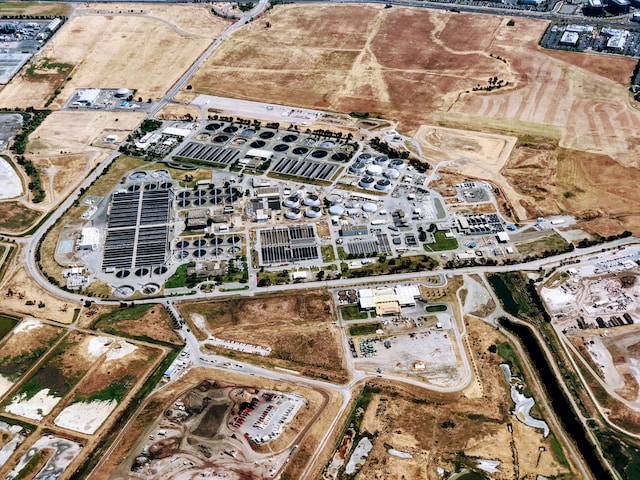Water is the most precious resource on our planet, yet it’s often taken for granted. With growing populations and climate change affecting water availability around the globe, sustainable water management has become an ever-increasing challenge. The good news is that innovation in science and technology is providing solutions to tackle this complex issue. In this blog post, we’ll explore some of these innovative ideas that are shaping the future of sustainable water management. Join us on this journey towards a more resilient and eco-friendly world!
The Problem of Sustainable Water Management
Water is essential for life, yet many regions around the world suffer from water scarcity due to a lack of sustainable water management practices. The problem is exacerbated by climate change and population growth, leading to an increasing demand for freshwater resources.
Many countries rely on unsustainable water sources such as underground aquifers and rivers that are over-exploited, leading to their depletion. This has severe consequences for agriculture, industry, and human health. Moreover, poor wastewater management leads to pollution of our natural water resources.
Another challenge lies in the fact that access to clean drinking water often depends on socio-economic status. Many marginalized communities lack basic infrastructure and services necessary for accessing safe drinking water.
Sustainable water management requires a holistic approach that considers social equity, economic viability, and environmental sustainability. Innovative ideas in science and technology can provide solutions for managing our precious freshwater resources more effectively while reducing waste and promoting conservation efforts.
The Need for Innovation in Science and Technology
The need for innovation in science and technology has become increasingly important when it comes to sustainable water management. As populations grow and climate change takes its toll, traditional methods of managing water resources are no longer sufficient.
Innovations in science can help us better understand the complex relationships between humans, nature, and water systems. For example, scientists can use remote sensing technologies to map out underground aquifers or monitor changes in river flow patterns. This information can then be used by decision-makers to develop more effective policies around managing these finite resources.
Technological innovations also play a crucial role in sustainable water management. For instance, smart irrigation systems using sensors that detect moisture levels allow farmers to conserve water while still providing crops with the necessary hydration they need for growth. Similarly, new wastewater treatment methods are being developed that make it possible to recycle treated wastewater back into drinking supplies.
We must continue investing in research and development if we hope to overcome the challenges of sustainable water management. By encouraging scientific discovery and technological advancement, we can find innovative solutions that will benefit both people and our planet for generations to come.
Some Possible Solutions
Sustainable water management is a complex issue that requires a multi-faceted approach. Fortunately, innovations in science and technology are providing some promising solutions to this problem. Here are some possible solutions:
One solution is to implement smart water metering systems. These systems can track water usage in real-time and alert consumers when they’re using too much water or have leaks. This not only helps conserve water but also saves consumers money on their bills.
Another solution is the use of green infrastructure such as rain gardens, bioswales, and permeable pavements which help capture stormwater runoff before it enters the sewer system. This reduces flooding, improves air quality by reducing pollutants from entering rivers and streams which ultimately leads to more sustainable communities.
A third solution involves utilizing engineered wetlands as part of wastewater treatment processes. Wetlands can remove up to 90% of pollutants from sewage at lower costs compared to traditional treatment methods while providing habitats for wildlife.
Advancements in desalination technologies have made it possible to turn seawater into drinking water efficiently with minimal impact on the environment. As a result, regions facing severe droughts can now rely on seawater desalination plants as an alternative source of freshwater supply.
These are just a few examples of how innovation in science and technology has provided viable options for achieving sustainable water management practices around the world today!
Conclusion
The future of sustainable water management relies on constant innovation in science and technology. As populations grow and climate change continues to impact our planet, we must find new ways to conserve and protect our water resources. The solutions discussed in this article are just a few examples of the groundbreaking research being conducted around the world.
It is clear that there is no single answer to this complex problem, but by working together, sharing knowledge and expertise across borders and sectors, we can create a more sustainable future for all. Whether it be through advanced analytics or innovative technologies like desalination or artificial intelligence systems that optimize water usage at scale; these innovations will play an essential role in securing clean freshwater sources now and into the future.
The road ahead will undoubtedly have its challenges. However, with perseverance, ingenuity coupled with scientific progress as well as technological advancements –we can make great strides towards guaranteeing access to safe drinking water for generations to come. It’s time for us all to take action!




